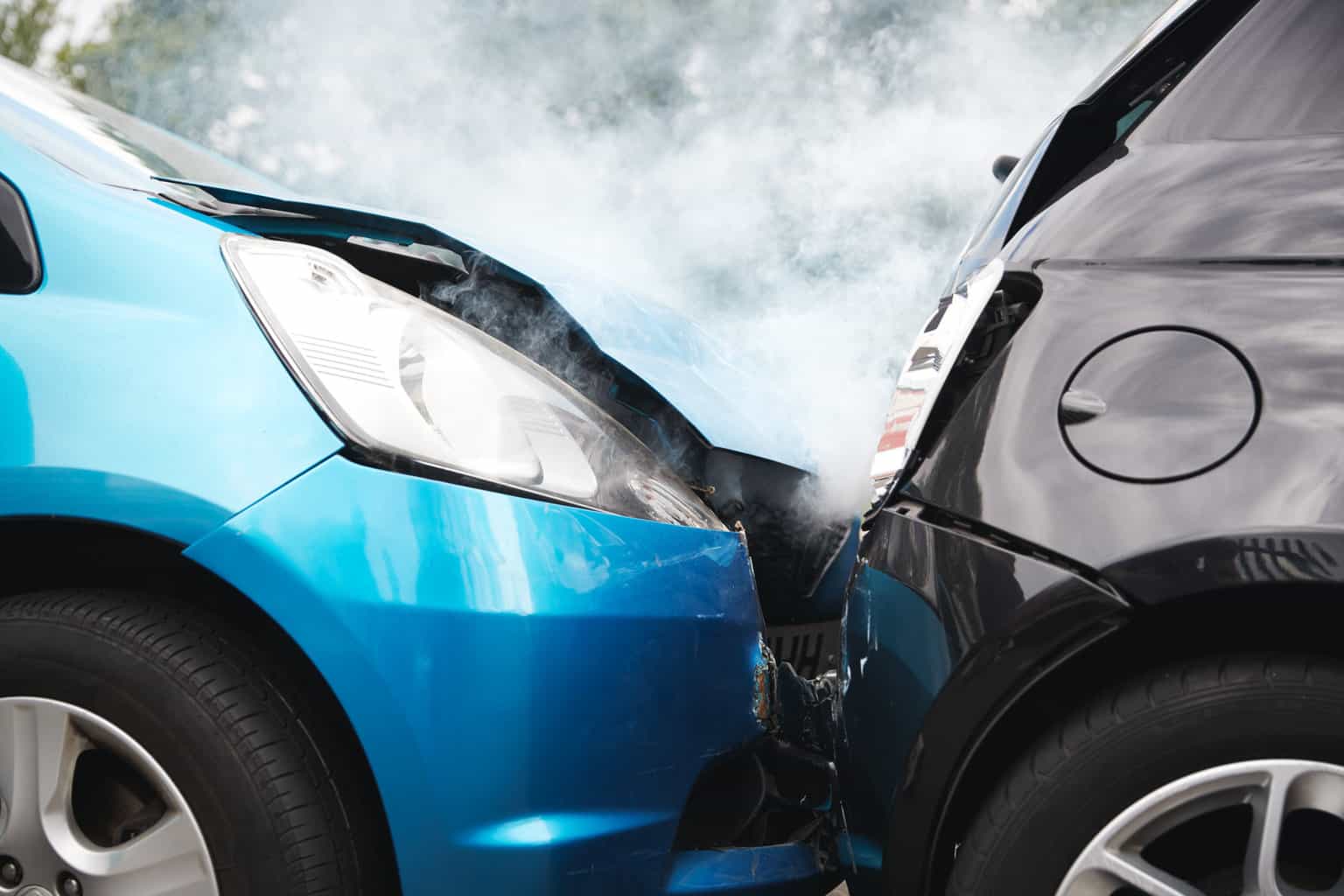It can seem like every year car insurance premiums go up and up, but there are money hacks you can apply to get that expense down and down. Here are my best tips for reducing the cost of my car insurance premium each year.
Generally, the most effective ways to lower your car insurance’s premium is to: move to annual payments; declare drivers; set mileage; park your car in garage/carport/driveway; bundle your car insurance with other insurances (for example, home and contents insurance); increase the excess; reduce the replacement value of your vehicle; remove unnecessary optional extras.
1. Pay Your Insurance Annually
If you have the capacity in your budget try to pay for your insurance premiums annually.
This will have a financial impact as you will be paying a much larger amount of insurance upfront than you would otherwise be per month.
However, as insurance companies do not need to spend resources on chasing customer’s failed credit card charges, there is a benefit for the company if they can collect your charges in one swoop.
Compare the difference between paying your insurance annually or monthly, then see if you can afford to pay the premium annually.
Another hidden benefit of paying annually is that it forces you to look for a bargain each year.
2. Declare Drivers
If only you and your spouse are the only ones that drive the insured vehicle then set this on the policy. Some insurers may ask for additional details like when they obtained their licence and whether they’ve made any claims in the last 3 years.
But depending on your experience, your driving ability and your age your premiums can be reduced.
Should you declare someone who might drive your car?
If your insurer requires all regular drivers to be insured then you only need to put those who would regularly be driving your vehicle. If somebody drives your car only once in a while then they wouldn’t need to be listed.
3. Declare Expected Mileage
Some insurers allow you to set your expected mileage over the policy term. If your travel is expected to be within a certain range in the year you can declare how many kilometres you’re expected to travel and your insurer will determine your premium based on this mileage.
Be aware that at the end of the insurance period you will need to declare the odometer reading of your vehicle and if you go beyond the determined amount declared you may be required to pay extra insurance.
4. Park Your Car In Your Garage
It might be a hassle parking your car in the garage, but if it saves you a few extra dollars with your car insurance it might be worth it! Especially if you live in areas where vehicle theft is a problem.
Or perhaps your area is okay, so maybe instead of parking your car on the street, you could park it in the driveway or in your carport?
If your insurer allows for these flexibilities see what happens when you change the location of where your car is parked at home and determine whether there are greater savings to be had.
5. Bundle Insurances
If you have other insurance, such as home and contents insurance , and your insurer of these other insurance products also allows car insurance see if they provide discounts with your car insurance.
You could even hunt with other providers first, get an idea for what type of cover is available, and see if your insurer can match or beat the competitors.
6. Increase Your Excess
Perhaps one of the largest means of reducing your insurance premium is to increase the excess.
However, you need to be aware of the financial impact of making this decision.
What Does Excess Or Deductible Mean?
The excess (or deductible) is the amount your claim is reduced by should your claim be successful and be awarded a payout of the claim amount. For example, if my car is involved in an accident and the claim made to my insurer is for repairs totalling $10,000 and the excess of my insurance policy is $2,000 then my insurer will award me $10,000 – $2,000 = $8,000.
For me to be able to repair my car for the $10,000 I will need to contribute the other $2,000 from my own savings.
Therefore, if you don’t have any savings it’s best to try and keep the excess to whatever you’re able to afford. If though you do have an emergency fund or savings set aside, then you can increase your excess to an amount you’d be willing to use should you need to make any necessary repairs.
7. Reduce Vehicle Replacement Value
Another way to reduce your insurance premium which will have a financial impact on your savings is to reduce the replacement value of your vehicle. This assumes you have set your insurance policy to price your vehicle based on an agreed value , rather than a market value .
If you set the value of your vehicle below the market value of your car should your car be written off in an accident and you want the exact same make and model you will need to tap into your savings to purchase one. If you’re not precious on the car you’d like then you would use the agreed value ( less the excess ) plus any savings (if needed) to purchase a car.
I guess another way of determining what to ask yourself in regard to agreed or market value is: how much will it cost me to purchase a similar car, and how much am I willing to tap into my own savings to get it?
If to get a new set of wheels I need $15,000 and I’m prepared to use $5,000 of my own savings and the excess of my policy is $2,000 then the calculation I can do to work out the agreed replacement value of my vehicle would be:
Agreed Value = Replacement Cost - Savings Used + Excess
Agreed Value = 15,000 - 5,000 + 2,000
Agreed Value = 12,000Insurers will place boundaries on how far above or below the current market value of the car you can place your agreed value, so if, using the example above, $12,000 was not available as an agreed value, I’d get as close as I could to that value.
8. Remove Unnecessary Optional Extras
Do you need a hire car if your car is being repaired? With the current state of lockdowns happening across Australia, many have been able to transfer their work to be able to perform at home. Could you work from home for the weeks needed to repair your vehicle?
Be aware that it may take time for your car to be serviced, and once it is being serviced it can take more time.
Look at what your other options could be to help reduce the cost of your vehicle insurance: could you borrow somebody else’s car? Could you carpool to work? Could you catch public transport?
9. Shop Around
Now that you have a quote, see if you can beat it, and if you can go back to your preferred insurer and see if they will match or beat.
Summary
To help improve your finances you need to be savvy with where your money is going. Once you can afford to pay for insurance annually do it!
Then when you come to review your insurance each year go through the process and see if you can beat your insurance cost each year.
Make it an objective to do better each year and give yourself a couple of weeks to go quote hunting in case life gets in the way.

